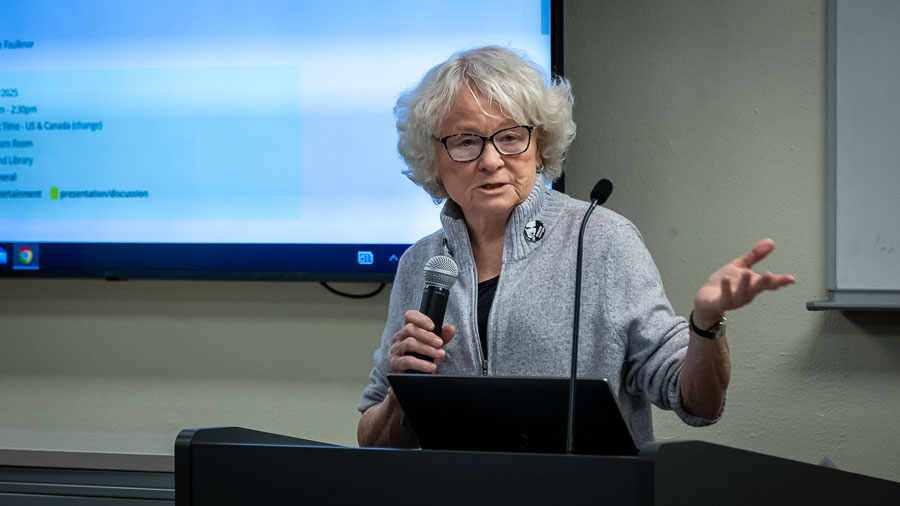OUR VIEW: Cold reality forces changes to Measure 110, Ashland shelter
Published 5:00 am Saturday, March 9, 2024

- OUR VIEW LOGO (NEW)
A pair of recent governmental decisions — one locally, the other statewide — provide those of us who aren’t tasked with such responsibilities a glimpse into how difficult choices need to be made when good intentions run head-first into roadblocks.
In Ashland, City Council voted earlier this week to close a 24/7 emergency shelter at the end of the month, despite the offer of a $1.8 million grant from ACCESS that would help pay for renovations at the site.
The issue came to a head for the 2200 Ashland St. location, which provided 32 beds during extreme weather conditions, because the county agency funding was contingent on an established deadline — and Interim City Manager Sabrina Cota told the council the city could not be certain of the costs until an architect was hired and the extent of necessary renovations was detailed in a design plan.
“We must have a comprehensive plan and support of the community before we act; at this point we have neither,” said council member Dylan Bloom, who made the motion to turn down the funds and close the shelter March 31.
The shelter has drawn concerns from neighboring residents and businesses about the appropriateness of its location.
The 5-1 decision to close the emergency shelter is a setback for Ashland’s attempts to find solutions for aiding the city’s homeless population. Council member Bob Kaplan, the lone dissenting vote, said he disapproved of the signal the decision was sending to the community.
“To turn our backs on the need for shelter,” he said, “I don’t want to be associated with that.”
In Salem, meanwhile, the Oregon Legislature, faced with growing disapproval by the public and law enforcement agencies, overwhelmingly sent to Gov. Tina Kotek a compromise overhaul of Measure 110 — the voter-approved attempt to deal with the state’s growing drug crisis.
The bill would step back from the decriminalization of fentanyl and similar drugs. HB 4002 also would expand access to treatment for withdrawal, create additional addiction treatment facilities and allow for stronger legal penalties for drug dealers.
Measure 110 saw a complete reversal in public opinion after its lofty goals ran into impossible-to-achieve timelines, set against the specter of increased overdose deaths as fentanyl use, in particular, spread across the state.
“I think a lot of the thought around (Measure) 110 was, if we destigmatized drug use, people will be more inclined to seek treatment,” Kerri Hecox, medical director for the Oasis Center of the Rogue Valley, told the Rogue Valley Times.
“But,” she added, “that doesn’t really fit with addiction as a brain disease.”
Jackson County Sheriff Nate Sickler told the Times that the revisions hopefully would give law enforcement and treatment providers time to work together on the crisis.
“I don’t think locking them up without any options is the key to long-term success,” he said, “(but) using a mesh of criminal justice, social services, substance use disorder programs is going to be the thing that ultimately works.”
Homelessness and the drug crisis are all-encompassing issues for which there are no miracle cures. Any attempt to reverse the societal impact of either occasionally will face obstacles that will require adjustments.
The important thing, however, is to keep striving for solutions.










